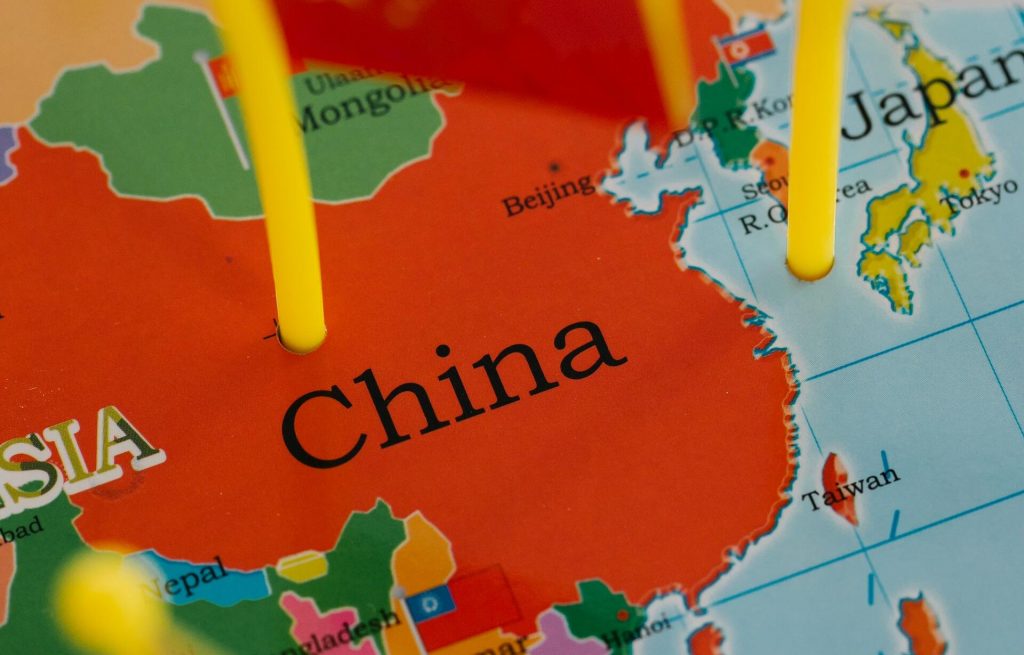In a recent report by the Finland-registered Centre for Research on Energy and Clean Air (CREA), China’s clean energy sector emerges as the primary driver of the country’s economic growth in 2023, making up a substantial 40% of its overall expansion. The findings underscore China’s substantial investment in renewable energy infrastructure, reaching a staggering $890 billion last year, nearly matching global investments in fossil fuel supply for 2023.
Clean energy, encompassing renewable energy sources, nuclear power, electricity grids, energy storage, electric vehicles (EV), and railways, constituted 9.0% of China’s GDP in 2023, up from 7.2% in the previous year. The report highlights the solar, EV, and energy storage sectors as major contributors to this increased share. Specifically, China’s solar sector experienced remarkable growth, surging by 63% to reach 2.5 trillion yuan ($350 billion) in 2023, while EV production expanded by 36%.
This accelerated expansion of the clean energy sector is further emphasized by a concurrent slowdown in China’s property sector. The report suggests a strategic shift in the country’s macroeconomic strategy, redirecting capital, including bank loans and government spending, from real estate to high-end manufacturing.
China’s commitment to environmental goals is evident in its 2020 announcement to achieve peak emissions by 2030 and carbon neutrality by 2060. The government pledged to construct 1,200 gigawatts of renewables capacity by 2030, a goal that China is poised to meet five years ahead of schedule. However, the report raises concerns about potential overcapacity in the sector if its current growth rate persists, noting limitations on how much China’s domestic economy can absorb.
The low-priced exports of EVs, batteries, and solar panels from China have prompted worries about dumping, leading to calls for customs authorities to consider protective measures. This dynamic adds a layer of complexity to China’s position in the global clean energy landscape, potentially influencing trade relationships with its partners.

